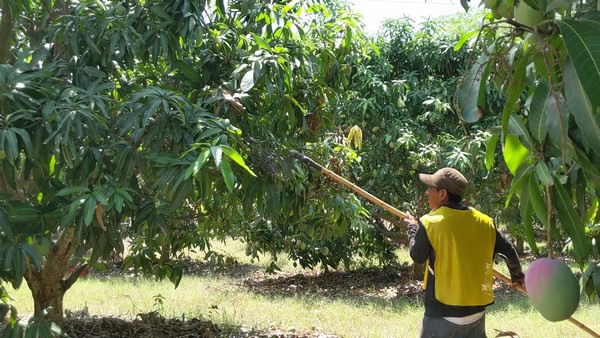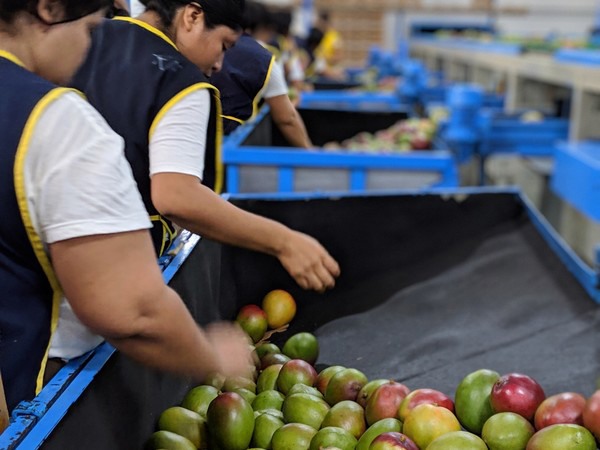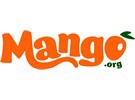During the winter months, Brazil, Ecuador, and Peru are the main shippers of mangos to the United States. Brazil and Ecuador have already ended their seasons, which means Peru is the only South American country still packing and shipping.
“Peru is having a strong season and the country is expected to ship 24 percent more volume compared to last year,” says Rolff V. Mitton with the National Mango Board. The increase in production is mainly driven by the increase in planting areas as well as the addition of new packing plants. While Peru is expected to ship mangos until March, Mexico will soon enter the market.
“We expect Mexico to come into play in the next couple of weeks, if not sooner,” Mitton commented. Although information on projected volumes from Mexico is not available yet, the National Mango Board is working diligently with EMEX to get projections.

First shipment Colombia
Guatemala and Nicaragua are two other countries that ship mangos to the United States during the winter months,” said Mitton. A new sourcing country is Colombia that recently made their first shipment to the US. After sanitary access for export was received, the first mangos from Colombia arrived in the Port of Savannah, Georgia on December 27, 2022. While volumes from Colombia are expected to increase in coming years, the National Mango Board hasn’t started reporting on Colombian mango shipping.
The main mango variety shipped from Peru is Kent. “There may be some Keitt shipped as well, but the quantities are very limited,” said Mitton. Out of Mexico, the main varieties are Tommy Atkins, followed by Kent, Ataulfo, and Keitt. The country also ships varieties like Manila, Thai, and Nam Doc Mai, but in significantly lower quantities.

Consumption growth
Mango consumption in the US has shown a 95 percent increase from 2005 until 2021. During that time, consumption went up from 1.88 lbs. to 3.66 lbs. per capita. The consumption increase has been in line with an increase in import volumes during that same time frame, up from 62 million boxes to 133 million boxes. “This is an overall increase of more than 115 percent and equals an annual growth rate of more than four percent. It’s a trend that we expect will continue in the coming years.”
 For more information:
For more information:
Rolff Vladimir Mitton
National Mango Board
Tel (+1) 407-629-7310
rmitton@mango.org
www.mango.org
